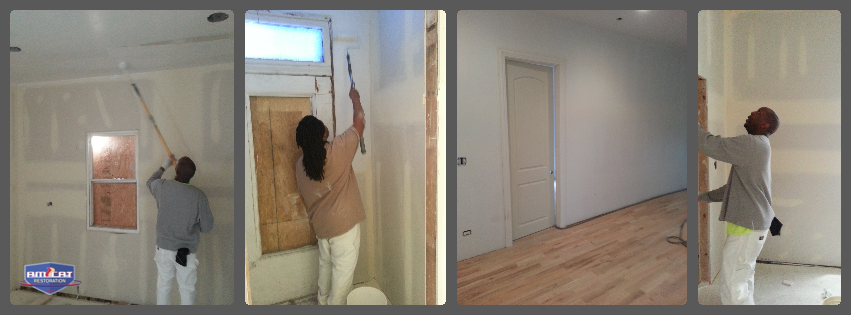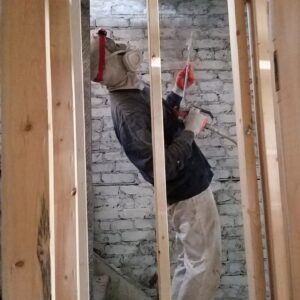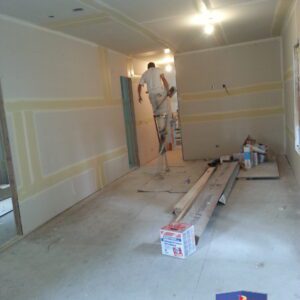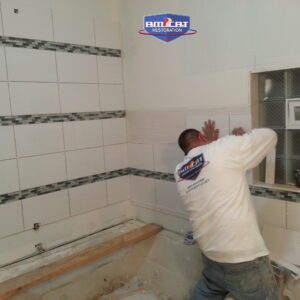
PAINT PVA PRIMER ON DRYWALL
Am-cats Team Painting will cost $550 – $1,200 per room.
Priming your new drywall before you paint is critical, but don’t use a general latex primer. The best primer to use is one that’s formulated for bare drywall. Roll on one coat of a PVA primer-sealer to seal the surface of the wall to help the paint dry in a uniform finish. Primer also enhances the paint color and gloss. You will want to use 2-3 coats of primer to ensure there is a good bond between the new paint and the wall, and also to cover up any previous colors, especially if they are red-orange, or strange outdated colors. Two primer coats are recommended in this scenario because much of the first primer coat will be soaked up by the wall; the second coat will replenish any primer absorbed by the surface and hide any flaws in the wall While primer does not need to completely cover old coats of paint for your new paint to go on flawlessly, primer should be applied in a uniform manner. Make sure to cover the surface with an even coat of primer, reloading your roller often as you go.

























Reviews
There are no reviews yet.